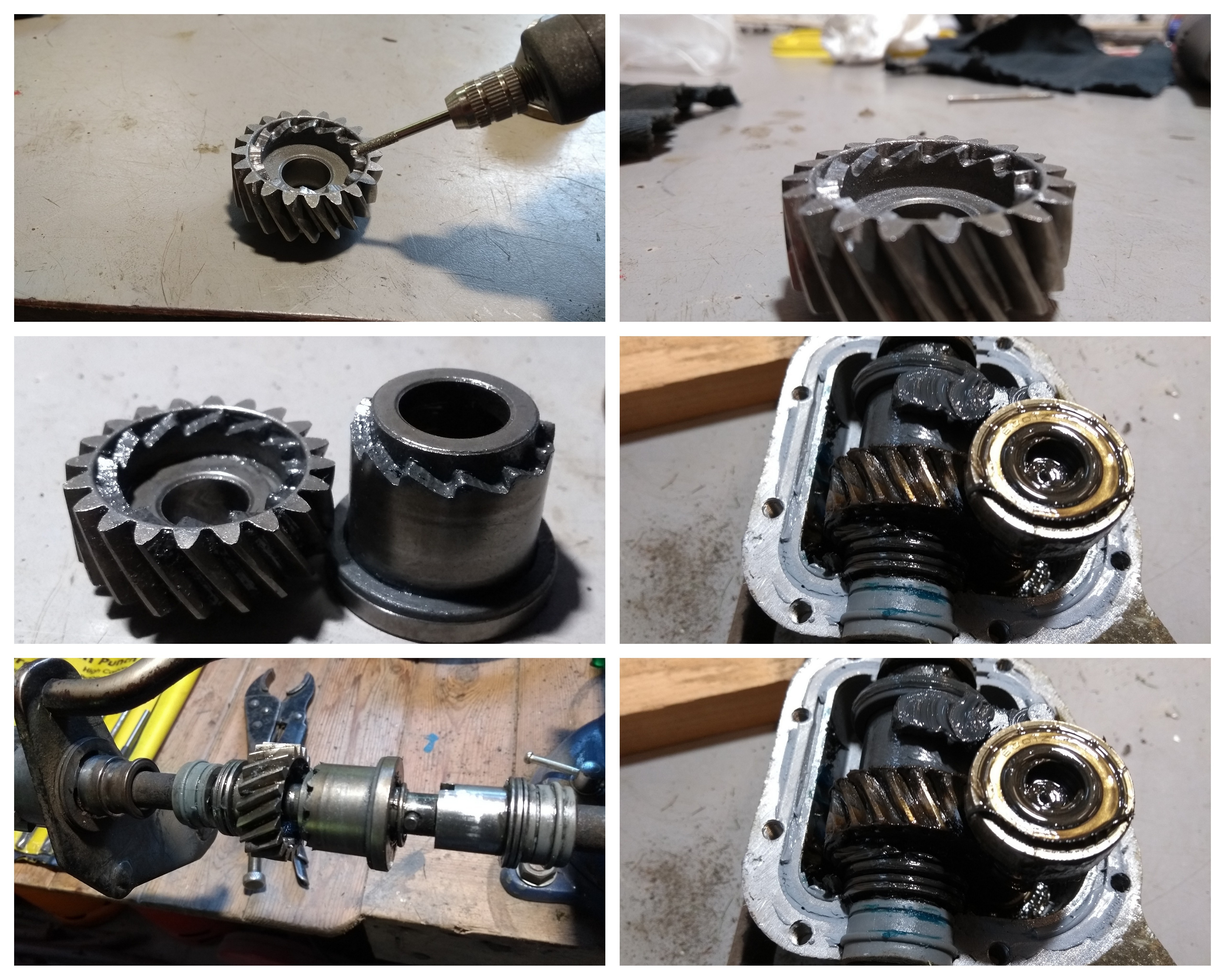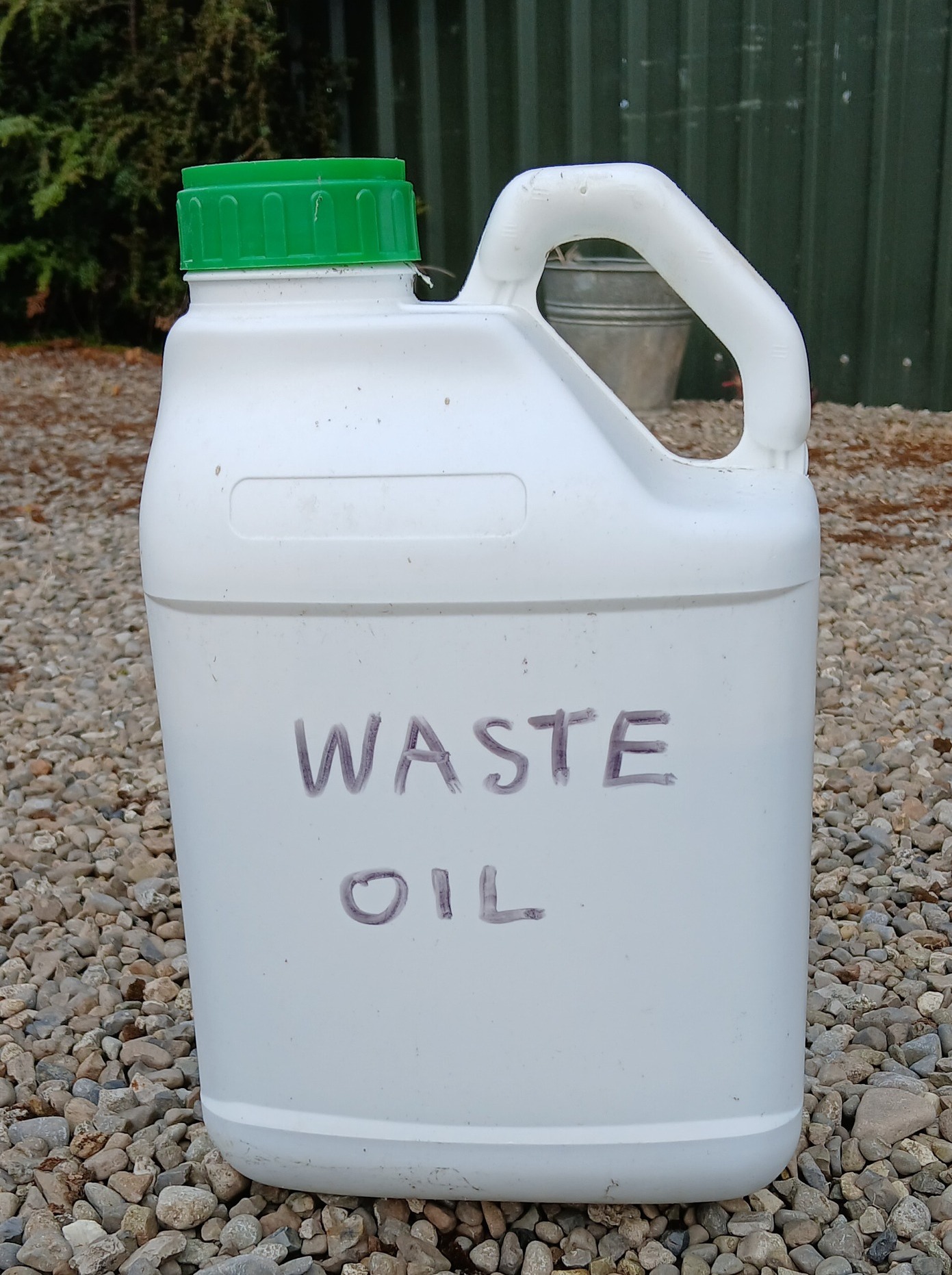 |
| Image courtesy Amazon.ie |
This sort of gadget might be useful for those of you who have older hi-fi systems and want to stream music from your computer or mobile device. It's a Bluetooth receiver that has left and right, line-out outputs with RCA connectors for connecting to red and white line-in (sometimes called "Aux" ) connectors on audio equipment such as a hi-fi system. Cables are also available (or can be made up) to convert between line-out and DIN 41524, 5-pin connectors, sometimes used for auxiliary input on older equipment.
An alternative is to simply use a modern TV (which will have WIFi and Bluetooth connectivity) to generate the line-out signals for connecting to a hi-fi. Some modern TVs don't have red and white line-out connectors, just a digital optical output, however adaptors are available for converting this back to line-out for connecting to an older hi-fi system without optical input.
Hi-fis that only have phono inputs
My old Sony hi-fi from circa 1993 doesn't have twin line-in input connectors, just RCA phono connectors for the turntable. Although the connectors are physically the same as the RCA type used for line-in/line-out, phono inputs only accept low-level signals of a few millivolts (mV) generated by the cartridge on a turntable (the cartridge isn't powered and the signal isn't amplified). Apparently vinyl recordings use what's known as RIAA equalisation, low frequency sounds being attenuated during recording. The input pre-amp in a hi-fi or "stereo" that's connected to the phono input then does the reverse: cancelling the attenuation of low frequencies that was done during recording by boosting low frequencies on playback, resulting in an overall flat response. I won't explain why, but you can read more about it here.
Gadgets like this one are available that convert line level signals (from e.g. a TV) that are typically almost half a volt peak to the mV levels required by the turntable input. They also use a passive filter to attenuate low frequencies, simulating RIIAA equalisation.
 |
| Image courtesy Djbox.ie |
I haven't personally used any of these converter adapters. Depending on what you pay for them, some are probably better quality than others and like like any intermediate system that converts and filters signals, noise and distortion will be added which degrades the final output. So sound quality won't likely be as good as when directly connecting line-out from a device to line-in of a hi-fi/amp.








































